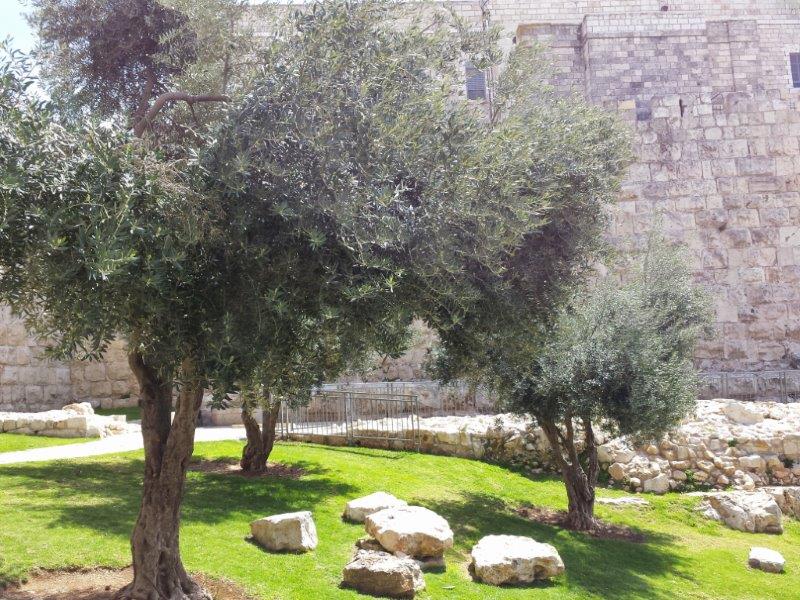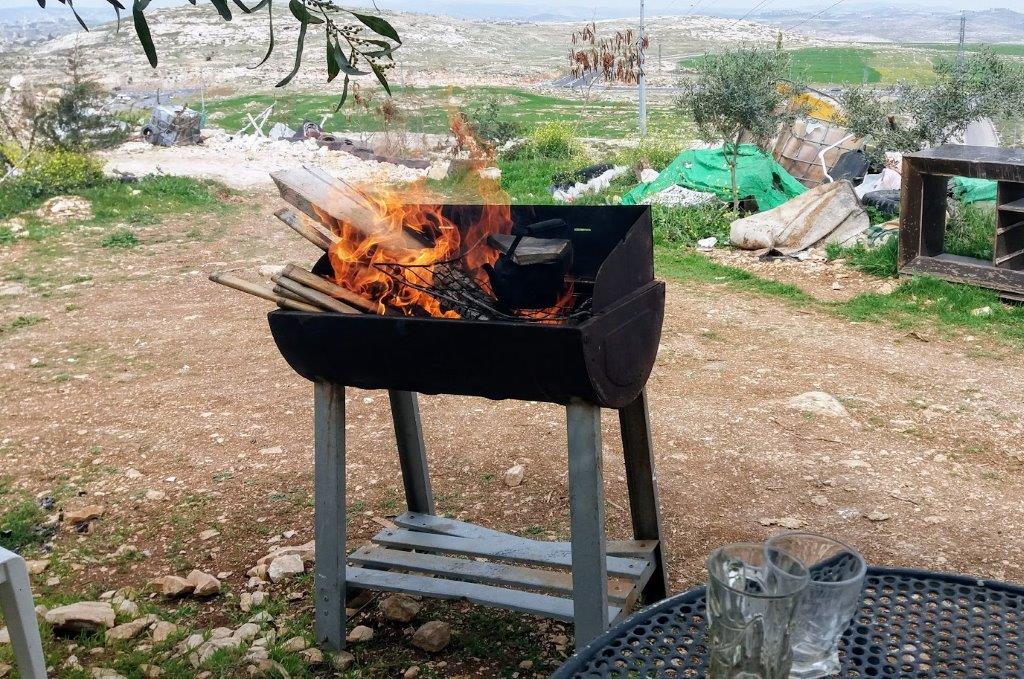
There seems to be a social norm against deep connections between Israeli Jews and Arabs.
Befriending Palestinians more than in a distant friendship is for many Israelis something unthinkable. This could be explained by general group dynamics. Groups expect from their members uniformity and loyalty to group norms. It is also expected that they attempt to protect their integrity and effectiveness when confronted with deviant behavior (Festinger, 1950). Becoming closely involved with and befriending people from another culture (an out-group) may be viewed as out of the ordinary, and it even could be considered as threatening the group identity. This may be especially so if the friendship is with “the enemy”, as Palestinians are often viewed by Israelis and vice versa. Ways to restore the group equilibrium include putting pressure on the group member to restore conformity, through persuasion or even punishment. Another option to reduce group dissonance would be rejection of the deviate, either through not inviting him back to the group or through psychological isolation. A tough reaction is more likely to happen when the deviant person is of high status in the group and/or the deviant behavior interferes with central group goals (Wiggins et al., 1965). A third – and more hopeful – option would be that the deviant behavior influences and creates a change in the group. Also this is more likely to happen when the deviate is of high status in the group (Maoz, 2000b).
Befriending Palestinians more than in a distant friendship is for many Israelis something unthinkable. This could be explained by general group dynamics. Groups expect from their members uniformity and loyalty to group norms. It is also expected that they attempt to protect their integrity and effectiveness when confronted with deviant behavior (Festinger, 1950). Becoming closely involved with and befriending people from another culture (an out-group) may be viewed as out of the ordinary, and it even could be considered as threatening the group identity. This may be especially so if the friendship is with “the enemy”, as Palestinians are often viewed by Israelis and vice versa. Ways to restore the group equilibrium include putting pressure on the group member to restore conformity, through persuasion or even punishment. Another option to reduce group dissonance would be rejection of the deviate, either through not inviting him back to the group or through psychological isolation. A tough reaction is more likely to happen when the deviant person is of high status in the group and/or the deviant behavior interferes with central group goals (Wiggins et al., 1965). A third – and more hopeful – option would be that the deviant behavior influences and creates a change in the group. Also this is more likely to happen when the deviate is of high status in the group (Maoz, 2000b).
The difficulties in creating dialogue between Arabs and Israeli Jews seem immense (Berman et al., 2000; Duek, 2009). In recent years a large number of studies was performed on projects enhancing Arab-Israeli dialogue ( Hertz-Lazarowitz & Zelniker, 2004), many of these among adolescents (Hammack, 2011; Hammack, 2006; Maoz, 2000b; Moore, 1968; Morray & Liang, 2005) and students (Dessel & Ali, 2012; Hager et al., 2011; Khuri, 2004; Oyserman, 1993; Sonnenschein et al., 2010). Despite motivation to participate in a Jewish Israeli -Palestinian coexistence program, narratives of Jewish youths were found to reproduce conditions of conflict (Hammack, 2009).









